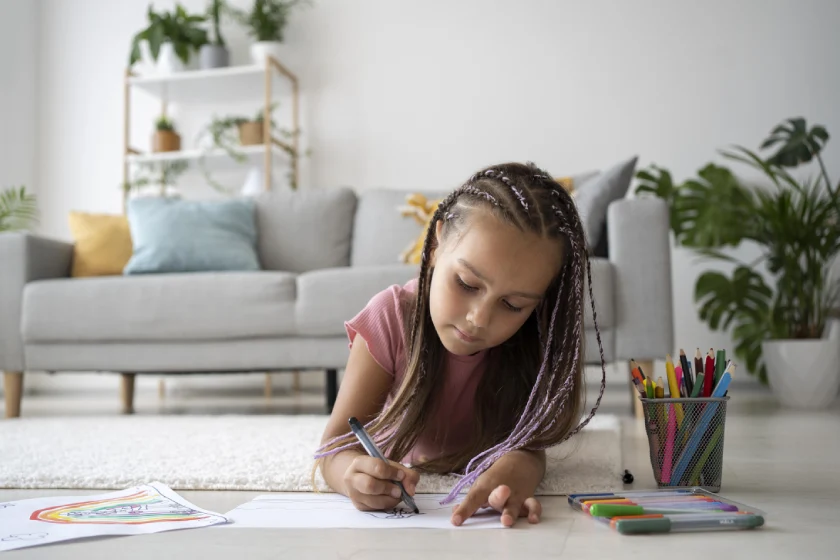
Tips for Creating a Safe Space for Children with Autism
Autism spectrum disorders (ASD) are characterized by some degree of difficulty with social interaction and communication. Other characteristics include atypical patterns of activities and behaviors, such as difficulty with transition from one activity to another, a focus on details and unusual reactions to sensations.
This CDC report notes a surge in the prevalence of autism spectrum disorder (ASD), with over 2.7% of 8-year-old children, or 1 in 36, being diagnosed in 2020. This is a notable jump from the 1 in 44 children reported in 2018.
It’s so important to foster environments where kids with autism can flourish, be themselves, and avoid “masking,” – the act of hiding their true selves in order to fit in, which may result in autistic burnout later in life.
Here are some tips on inclusion and support strategies for when you’re playing and working with kids with autism.
- Respect sensory needs and be mindful of potential triggers
- Avoid touching kids unexpectedly or getting too close, even if it’s just a pat on the shoulder or a friendly hug. Always ask permission first. Have noise-canceling aids available, such as headphones, earmuffs or earplugs, as many kids on the spectrum can be especially sensitive to sounds.
- Ask the kids what they’re interested in and what they enjoy
- Arts and crafts and sensory games are a great way for kids to express themselves and their creativity. Play games and plan activities around their interests. Do they love dinosaurs? Visit a museum. Do they love space? Visit a planetarium.
- Create structured routines and activities
- Make sure to also communicate and prepare for transitions between activities. Incorporate transition songs to help children move successfully from one activity to the next. Be as consistent as possible with daily activities and routines. This reduces stress and anxiety and helps youth understand what comes next in their day. Use visual supports such as videos, photos and diagrams. An image or video will give kids something concrete to focus on rather than trying to figure out what’s expected based on words alone.
- Keep language concrete and detail step-by-step expectations
- Keep in mind that some kids will respond better to a first/then pattern of dialogue. For example, “First pick up the yellow crayon, then draw a picture of the sun.” Make sure to never use sarcasm or teasing language, as some kids with autism don’t pick up on those cues. Give choices whenever possible. For example, if there are different games you can play, ask them which one they prefer to play.
- Be flexible and learn from each child on an individual level
- Understand how each child learns. Understand what they do and do not like. Be patient, flexible and compassionate. Be an active listener. And always create a safe space for them.
Always remember that when playing with a child with autism, follow the child’s lead with play. Join in with the child’s play, rather than trying to guide it. And watch for signs that the child is getting bored or losing interest – knowing when to stop or change is important.
